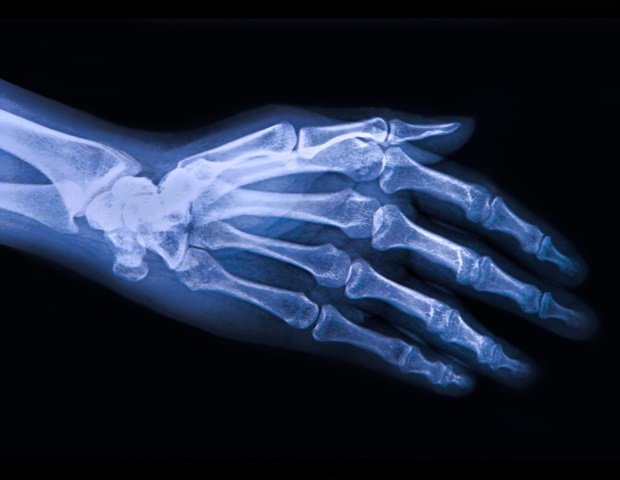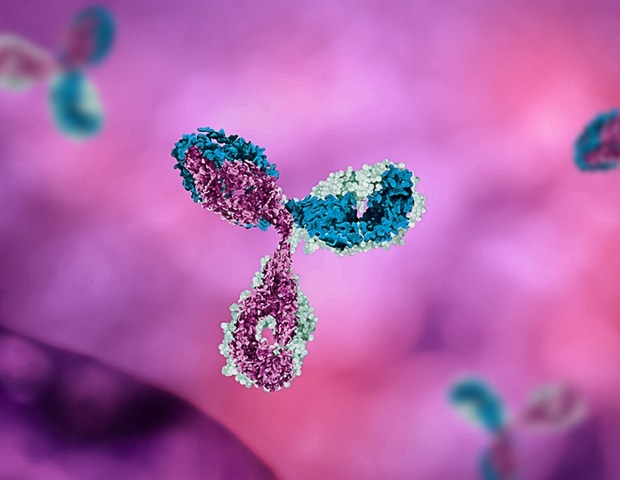A long-term study reveals how tirzepatide not only cuts weight but also slashes diabetes risk in people with prediabetes, highlighting a major advance in obesity and diabetes care.
 Study: Tirzepatide for Obesity Treatment and Diabetes Prevention. Image Credit: Suzanne Tucker / Shutterstock
Study: Tirzepatide for Obesity Treatment and Diabetes Prevention. Image Credit: Suzanne Tucker / Shutterstock
In a phase-3 randomized controlled trial published in the New England Journal of Medicine, researchers investigated the effects of tirzepatide on weight reduction and diabetes prevention in individuals with obesity and prediabetes. They found that tirzepatide led to substantial weight loss and significantly reduced the progression to type 2 diabetes (T2D) over the long term compared to placebo, with primarily mild to moderate gastrointestinal side effects occurring mostly during the initial dose-escalation phase.
Background
Obesity, affecting nearly a billion people worldwide, is closely linked to prediabetes, which raises the lifetime risk of developing T2D by up to 70%. Obesity, a chronic neuroendocrine disease, exacerbates insulin resistance and pancreatic beta-cell dysfunction, fueling diabetes progression.
Earlier approaches focused on delaying diabetes onset through lifestyle changes, medications, or bariatric surgery. Newer pharmacological treatments like tirzepatide, which target both obesity and abnormal blood sugar levels, show promising benefits.
Tirzepatide, a dual glucose-dependent insulinotropic polypeptide (GIP) and glucagon-like peptide-1 (GLP-1) receptor agonist is known to improve insulin sensitivity and enhance glucose-dependent insulin secretion, potentially improving metabolic balance.
The Food and Drug Administration (FDA) and European Medicines Agency (EMA) have approved tirzepatide for weight loss and glycemic control.
In the SURMOUNT-1 trial, a 15-mg dose helped participants lose over 20% of body weight in 72 weeks with marked reductions in glycated hemoglobin (HbA1c). In the present article, researchers reported the three-year safety and efficacy outcomes of tirzepatide in participants with obesity and baseline prediabetes.
About the study
The SURMOUNT-1 trial was a large, phase 3, double-blind, international, randomized, placebo-controlled study evaluating tirzepatide’s safety and efficacy in individuals with obesity, focusing on those with prediabetes. A total of 1,032 participants were randomized to be treated with tirzepatide or placebo for 176 weeks, followed by a 17-week off-treatment period. This amounted to a total study duration of 193 weeks.
Eligible participants had a body mass index of at least 30 kg/m² (or at least 27 kg/m² with an obesity-related condition) and were confirmed to have prediabetes. Participants were randomly assigned to receive tirzepatide at 5 mg (n = 247), 10 mg (n = 262), or 15 mg (n = 253) doses, or placebo (n = 270), with weekly subcutaneous injections.
All the groups also received lifestyle interventions, including dietary counseling and a goal of 150 minutes of weekly physical activity. About 65.6% of participants completed the study, and 64.1% adhered to the treatment or placebo regimen.
The primary outcome in the analysis was the percent change in body weight and prevention of diabetes onset by week 176, with follow-up through week 193. Glycemic status, blood pressure, lipid levels, and quality of life were regularly assessed.
Safety evaluations included monitoring adverse events, with prior 72-week outcomes also referenced. Statistical methods included intention-to-treat analysis, treatment regimen and efficacy estimations, post-hoc mediation analysis, and sensitivity analysis.
Results and discussion
According to the study, tirzepatide significantly reduces body weight and the risk of progression to T2D. At week 176, tirzepatide resulted in an average weight reduction of 12.3% with the 5-mg dose, 18.7% with the 10-mg dose, and 19.7% with the 15-mg dose, compared to a 1.3% reduction in the placebo group.
Tirzepatide also significantly reduced the onset of T2D, with only 1.3% of participants in the treatment groups developing T2D compared to 13.3% in the placebo group (hazard ratio = 0.07, P < 0.001).
Participants receiving tirzepatide also had higher rates of reversion to normal blood sugar levels, with 89.9% of those on the 5-mg dose achieving normal blood sugar levels at week 176, compared to 58.9% of placebo participants.
Furthermore, weight reduction was found to contribute to the prevention of diabetes, with 38.9% to 55.2% of the reduction in diabetes risk mediated through weight loss.
During the 17-week off-treatment follow-up period, weight regain was observed in the tirzepatide groups, with an estimated mean regain of 7%; however, the risk of T2D remained significantly lower than in the placebo group (P < 0.001).
Tirzepatide also improved other cardiometabolic risk factors, including waist circumference, blood pressure, and lipid levels, and enhanced quality of life measures, as indicated by higher scores on SF-36 and IWQOL-Lite scales.
Adverse events were primarily gastrointestinal, including nausea, constipation, and diarrhea. Serious adverse events were reported by 135 participants in the tirzepatide group and 32 participants in the placebo group, including deaths, pancreatitis, cholelithiasis, and cholecystitis.
The trial is strengthened by its long duration, large sample size, stringent criteria for prediabetes, and rigorous assessment of diabetes onset using American Diabetes Association standards. However, the trial is limited by participant attrition, particularly in the placebo group, which may have been influenced by the study’s 72-week primary phase design.
Conclusion
In conclusion, the trial shows that tirzepatide therapy could lead to sustained weight loss and significantly reduce the risk of progressing to T2D compared to a placebo. The study highlights tirzepatide’s potential as an effective long-term treatment for preventing T2D in individuals with obesity and prediabetes.
Journal reference:
- Tirzepatide for Obesity Treatment and Diabetes Prevention. Ania M. Jastreboff et al., New England Journal of Medicine (2024), DOI: 10.1056/NEJMoa2410819, https://www.nejm.org/doi/full/10.1056/NEJMoa2410819

 6 days ago
4
6 days ago
4















.png)

.png)
.png)
.png)













 English (US) ·
English (US) ·  Hindi (IN) ·
Hindi (IN) ·